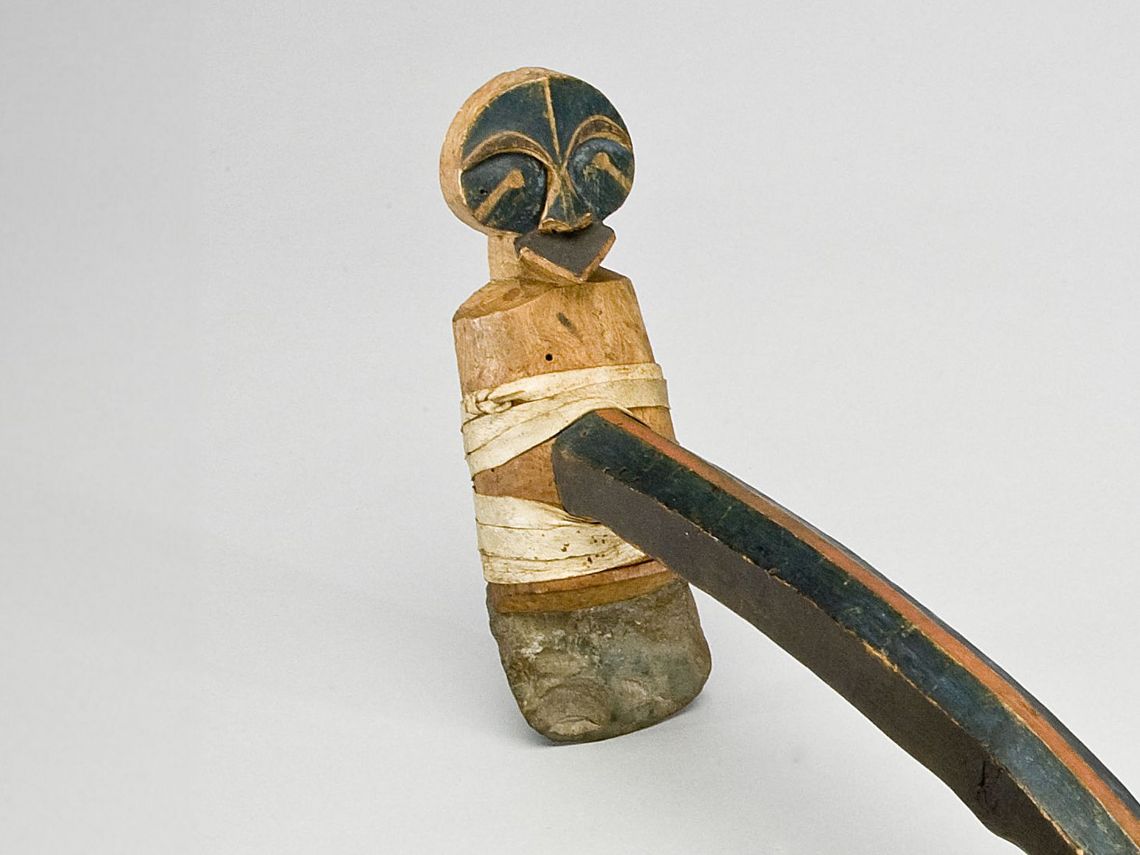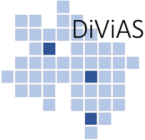Case Study 2 - Materiality in Space and Time
Case Study 2 - Materiality in Space and Time
This case study consists of two intertwined analyses that use specific recording techniques, including mobile photogrammetry and RTI-techniques in order to digitise historic materiality. The material basis is a collection of ethnological objects and natural history materials acquired by the Russian captain Ivan Antonovich Kuprejanov (1794-1857) during his time as governor of Russian America in the 1830s (Analysis 1 Kuprejanov). Analysis 2 (Prize Papers) examines objects aboard of captured ships, which are preserved as part of their cargo as well as in mailbags belonging to the High Court of Admirality in London (Prize Papers). Both collections are characterised by an extremely heterogeneous and thus versatile historic materiality, which simulatenously represents a particular challenge for 3D digitization (transparent, shiny, fluid and polychrome surfaces).

Analysis 1 – Kuprejanov
The Kuprejanov Collection consists of 137 objects and is one of the most historically significant collections from the northwest coast of America. It includes objects of daily use, such as tools, wooden utensils and weapons, as well as ritual objects like masks, a memorial baton and a Chilkat dancing blanket. It is one of the earliest collections from the Circumpolar region. It is also one of the earliest to reach Europe in 1841. Therefore it comprises items that can no longer be found in later collections in terms of material and design, for example a special boat model. In this respect, the objects are of outstanding importance both for the societies of origin and for the research community.

Analysis 2 – Prize Papers
Among the items are hand-beaten gold rings, colourful glass beads—either individually or strung as necklaces—flower seeds, coffee beans, fabric samples, cloths, silk bows, silk brocade, embroidery, and textile swatches intended for clothing, including samples of linen and wool. Other artefacts include ducats, keys, pocketbooks made of red-dyed leather, (imitation) crocodile leather, or the rare shagreen—a distinctive type of rawhide derived from the rough, untanned skin of sharks, rays, or horses, recognisable by its characteristic texture. Also preserved are wallpapers in various patterns, elaborate textile breast ornaments, silver buttons, preserved powders, hair samples, and sealed letters.

3D-Digitisation
The objective is the development of clear methods for capturing objects in three dimensions so that requirements for completeness, resolution, accuracy, colour fidelity, accessibility, data volume as well as time-, technical- and financial expenditure are taken into account, so that these methods can be used as a guideline for other museums. The arising challenges are manifold, as objects significantly differ in size, shape, material, texture and sensitivity. Thus, a digitisation of high quality requires detailed, transdisciplinary knowledge. It is therefore necessary to investigate which rules for data acquisition may be standardised and transferred into computer-supported automated digitisation processes.
